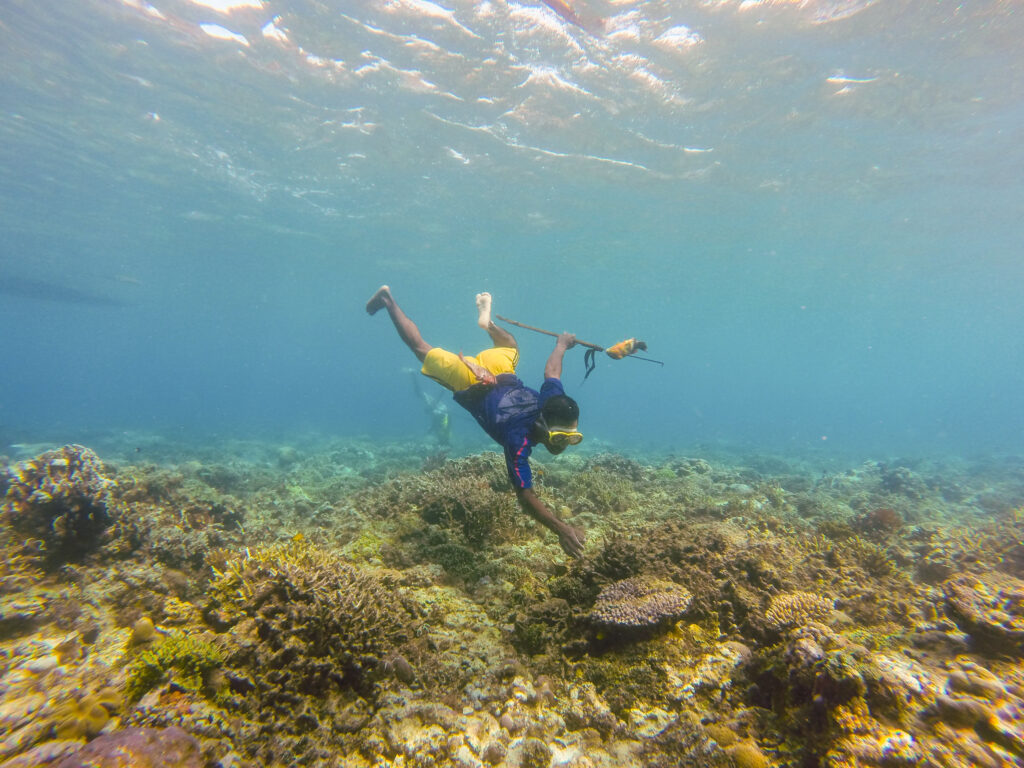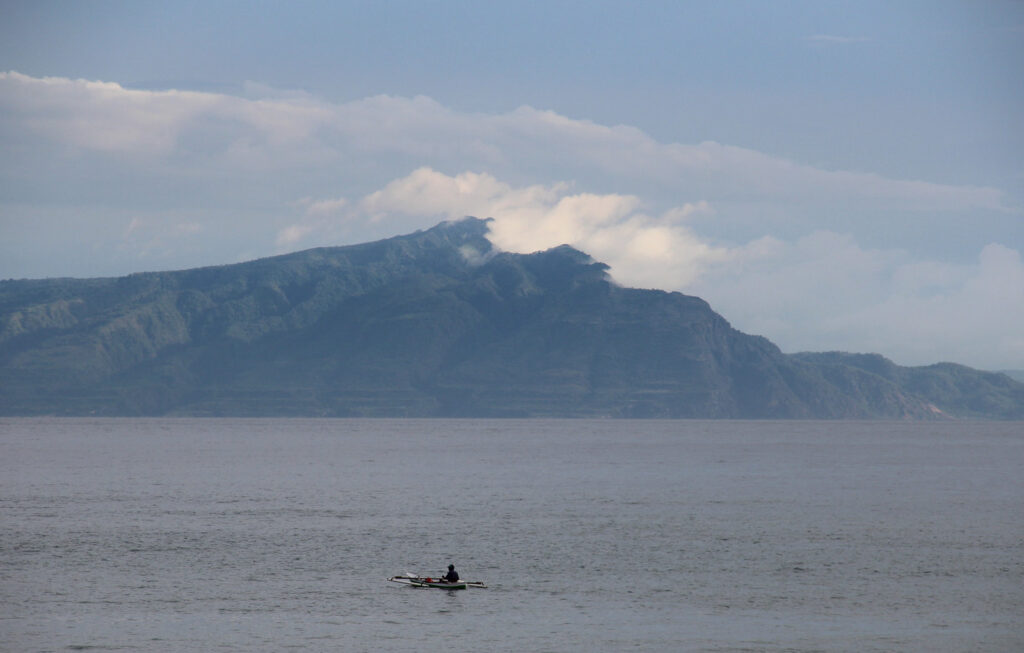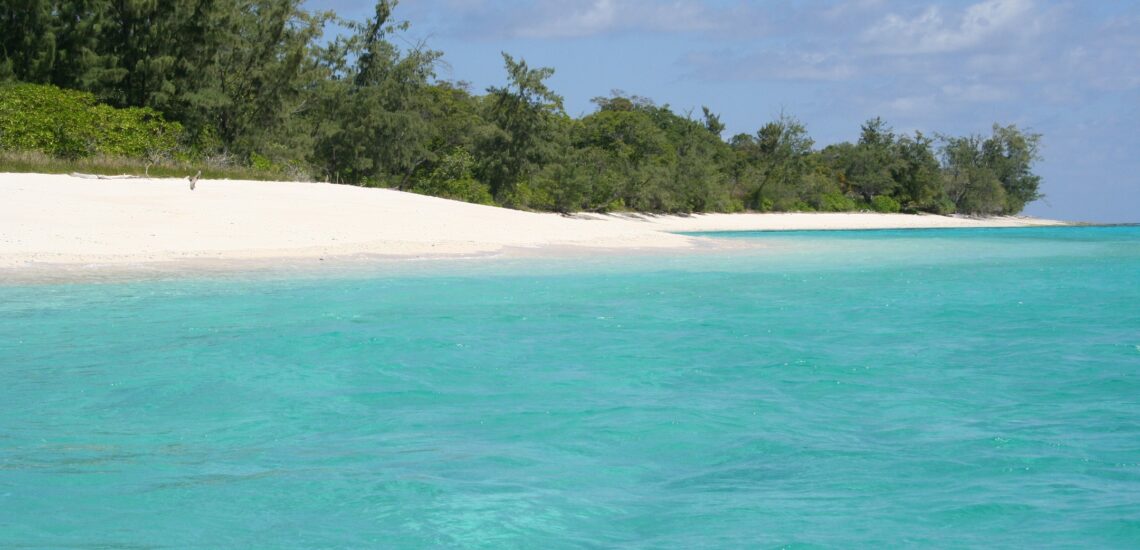Quick facts about East Timor:
- Population: Approximately 1.4 million people.
- Capital: Dili.
- Official Language: Tetum, Portuguese.
- Currency: United States Dollar.
- Government: Unitary semi-presidential republic.
- Major Religion: Roman Catholicism.
- Geography: Located in Southeast Asia, occupying the eastern half of the island of Timor, with small nearby islands.
Fact 1: East Timor is almost the youngest country in the world
Timor-Leste, also known as East Timor, is one of the youngest countries in the world, having gained independence on May 20, 2002. Located in Southeast Asia, Timor-Leste became the first new sovereign state of the 21st century following a long struggle for independence from Indonesian occupation. Since gaining independence, Timor-Leste has been working to develop its infrastructure, economy, and institutions to build a stable and prosperous nation.

Fact 2: In the capital, gangs seized power for a short time
In the aftermath of Timor-Leste’s struggle for independence, particularly during the period of 2006-2007, there were incidents of civil unrest and violence in the capital city of Dili. Gangs and factional groups clashed, leading to security concerns and instability. However, since then, the situation has significantly improved, and Timor-Leste has made progress in restoring peace and stability.
Timor-Leste has taken steps to strengthen its security forces and institutions, with the assistance of international partners, to address security challenges and maintain law and order. Today, Dili and the country as a whole are generally considered safe for residents and visitors, with efforts ongoing to promote reconciliation, social cohesion, and sustainable development.
Fact 3: Timor is little known to tourists and is mainly visited by divers
Timor-Leste, remains relatively unknown to mainstream tourists compared to other Southeast Asian destinations. However, the country has gained recognition among diving enthusiasts for its pristine marine biodiversity and spectacular dive sites.
Timor-Leste boasts some of the world’s most diverse and untouched coral reefs, attracting scuba divers and snorkelers from around the globe. Popular dive spots such as Atauro Island, Jaco Island, and the waters around Dili offer vibrant coral gardens, stunning underwater landscapes, and encounters with a rich array of marine life, including colorful reef fish, sharks, dolphins, and even whale sharks.
Note: If you are planning to visit the country, check whether you need International Driving License in East Timor to drive.

Fact 4: Many oil reserves found in East Timor
East Timor possesses significant oil and natural gas reserves, which have played a crucial role in its economy. The Greater Sunrise oil and gas field, located in the Timor Sea between Timor-Leste and Australia, is one of the largest reserves in the region.
The development and exploitation of oil and gas resources have provided substantial revenue for Timor-Leste, contributing to its economic growth and development efforts. However, the management of these resources has also been subject to challenges, including disputes over maritime boundaries, revenue sharing agreements, and concerns about sustainable development and environmental impacts.
Fact 5: One of the notable attractions in East Timor is the Cristo Rei of Dili
The statue, standing at approximately 27 meters (88 feet) tall, was a gift from Indonesia to the people of East Timor upon their independence in 2002.
Often referred to as a “parting gift” from Indonesia, the Cristo Rei of Dili symbolizes friendship and reconciliation between the two nations following years of conflict and turmoil. The statue has since become a significant landmark and tourist attraction, offering panoramic views of Dili and the surrounding coastline. Additionally, the Cristo Rei of Dili holds cultural and religious significance for the predominantly Catholic population of East Timor.

Fact 6: Timor-Leste is the only Portuguese-speaking country in Asia
This is due to its history as a former Portuguese colony. Despite its location in Southeast Asia, Timor-Leste shares linguistic ties with Portuguese-speaking nations in Africa, South America, and Europe. Portuguese is one of the two official languages of Timor-Leste, alongside Tetum, and is used in government, education, media, and official communications.
Fact 7: Timorese people often engage in active lifestyles
With many participating in outdoor activities and sports that reflect the country’s natural beauty and cultural traditions. Fishing, hiking, and agriculture are common activities in rural areas, where communities rely on the land and sea for sustenance and livelihoods.
Additionally, Timor-Leste’s rugged terrain and scenic landscapes offer opportunities for adventure sports such as mountain biking, trekking, and exploring remote areas. Traditional Timorese dances and martial arts are also integral parts of the cultural heritage, promoting physical fitness and community bonding.
Moreover, Timorese people often gather for social and recreational activities, such as playing football (soccer), volleyball, or engaging in traditional games, fostering a sense of camaraderie and well-being.

Fact 8: There are few direct flights to East Timor
Dili, the capital city, is served by a relatively small international airport, Presidente Nicolau Lobato International Airport (DIL), which primarily handles flights to and from nearby destinations in Southeast Asia and Australia.
Direct flights to Timor-Leste are mainly operated by regional airlines such as Airnorth, SilkAir, and Sriwijaya Air, with routes connecting Dili to cities like Darwin, Singapore, and Bali. Flights from other continents typically require layovers or connections in nearby hubs such as Singapore, Jakarta, or Darwin.
Fact 9: East Timor has one of the best spots for whale watching
Timor-Leste, particularly the waters around its coastline, offers excellent opportunities for whale watching, especially during certain times of the year. The Timor Sea, located north of the country, is known for its rich marine biodiversity, including various species of whales and dolphins that migrate through the area.
One of the best spots for whale watching in Timor-Leste is along the north coast, near places like Atauro Island and the Alor Strait. From July to September, humpback whales migrate through these waters, offering thrilling encounters for whale watchers. Other species commonly sighted in Timorese waters include sperm whales, orcas, and various dolphin species.

Fact 10: Coffee is an important product in the life and export of the country
The country has a long history of coffee cultivation, with coffee farming playing a significant role in the livelihoods of many Timorese farmers and communities.
Coffee production in Timor-Leste primarily consists of arabica coffee, known for its high quality and unique flavor profile. The coffee industry provides employment opportunities and income for thousands of smallholder farmers across the country, particularly in rural areas.
Moreover, coffee is a significant export commodity for Timor-Leste, contributing to the country’s economy and international trade. Timorese coffee is sought after by specialty coffee markets worldwide, with exports reaching countries in Europe, Asia, and North America.

Published March 30, 2024 • 6m to read





